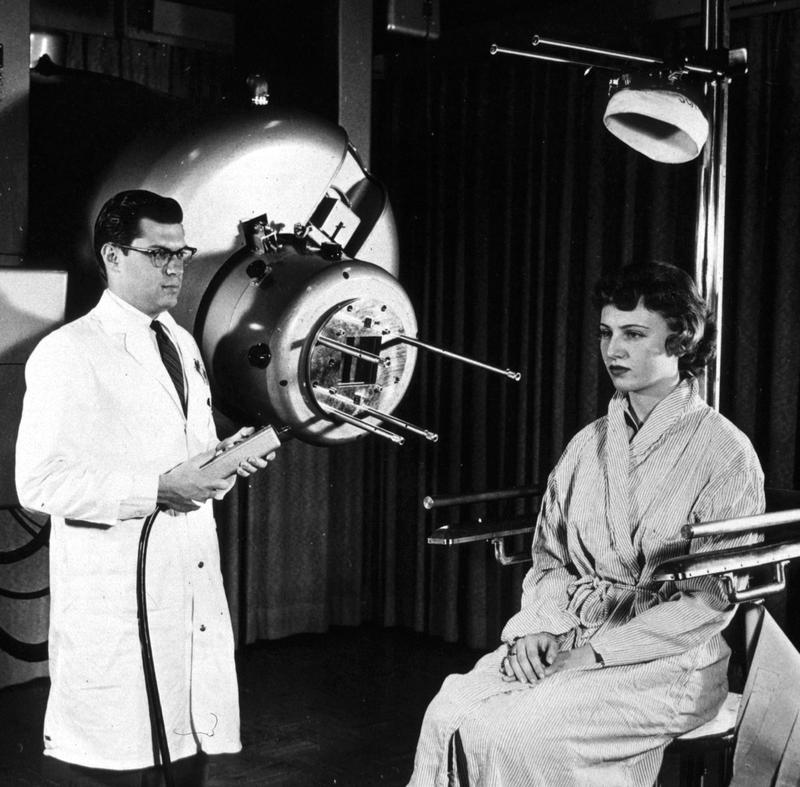
Today, cancer tends to be spoken about with openness.
But 60 years ago, the medical approach to the diagnosis and prognosis of cancer was frequently a matter of how to deliver the worst news in the best possible way.
In the 1950s, WNYC Radio and The New York Academy of Medicine produced a series of "Cancer Alerts" for doctors. According to Dr. Harold Sage, a surgeon at Bellevue Hospital and member of the New York Cancer Society at the time, the medical community feared that a patient would not be able to cope with a cancer diagnosis. Sage thought it was the doctor’s duty to protect the patient from what was a likely death sentence.
In this recording, Sage asks: “Is the truth a necessity?”
Deciding whether or not to tell a patient he or she had cancer was dependent on “the personality of the patient, his background of education and beliefs, his age and faith…” Sage said. One patient might be better able to cope than another, he felt, but ultimately peace of mind and consistency in approach took priority over truth.
A half century ago, the idea of sacrificing a patient’s peace of mind was not worth “a little knowledge.” But today, quality of life — and the quality of the end of life in particular — continues to be redefined.
